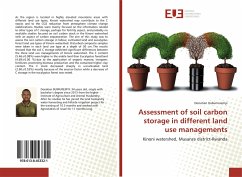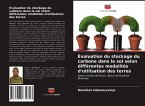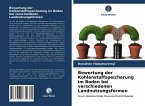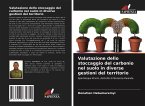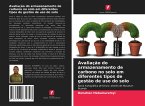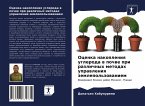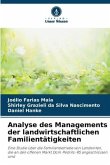As the region is located in highly elevated mountains areas with different land use types, Kinoni watershed may contribute to the C stocks and to the CO2 reduction from atmosphere climate change stabilizations. Studies were mainly focused on the information related to other types of C storage, perhaps for fertility aspect, and probably no available studies focused on soil carbon stock in the Kinoni watershed with an aspect of carbon sequestration. The aim of this study was to assess the soil carbon storage in fallow, cultivated land and eucalyptus forest land use types of Kinoni watershed. Disturbed composite samples were taken in each land use type at a depth of 30 cm. The results showed that the soil C storage exhibited significant differences between the three land use managements of Kinoni watershed. The C content (5.46±0.08%) were higher in the arable land than Eucalyptus forestland (4.69±0.00 %) due to the application of organic manure, inorganic fertilizers promoting biomass production and the contained higher clay content. The C stock decreased sharply in uncultivated land (2.60±0.53%) mostly because of the erosion factor while a decrease of C storage in the eucalyptus forest was noted.

